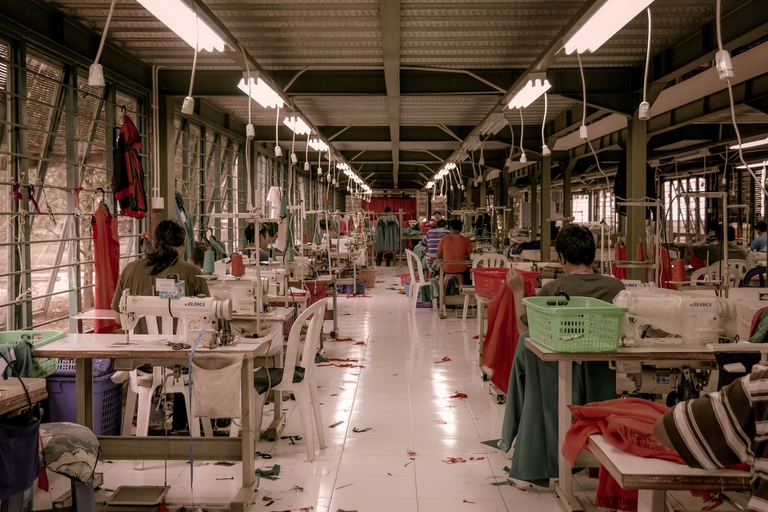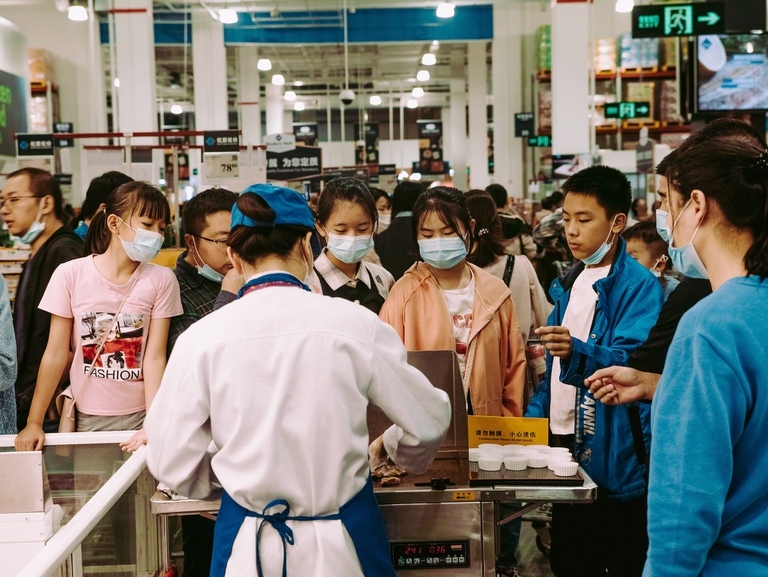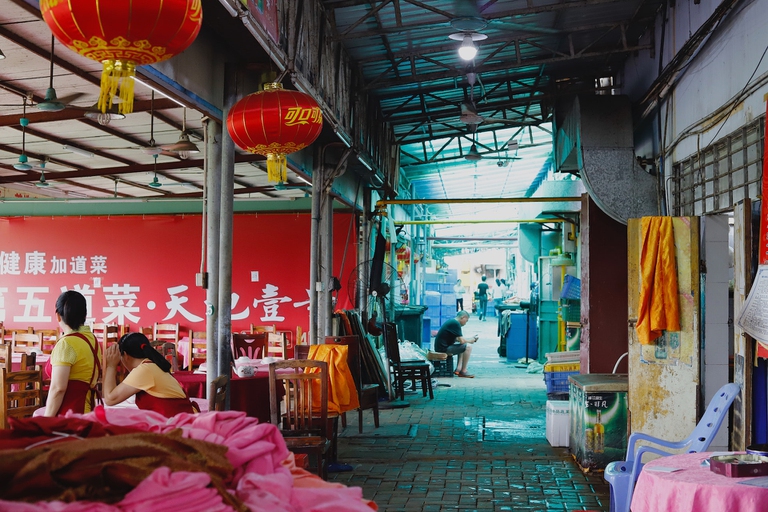https://www.lifegate.it/shein-cose-ultra-fast-fashion
- |
Have you ever visited the website of Shein?Very low prices, thousands of new garments and accessories every day and a powerful influencer marketing strategy behind it.All this has a name:ultra fast fashion.
An exasperation of the fast pace and unsustainable ways of producing food fast fashion, sewn onto the Gen Z, that is, those born between the mid-nineties and the early 2000s, and the one immediately following, the Gen Alpha. A harmful and unnecessary business model, especially in a historical moment in which it is increasingly important to turn to companies that are attentive to the environment and people, especially in fashion.
In fact, it is really difficult to find a Shein item that costs more than 50 euros:most items for sale fluctuate between 10 and 20 euros, but you can also find something for 6 euros or, in the sales section, for less than 3 euros.The design of the products strikes a perfect balance between everyday basics and trendy pieces.
Founded in China, Shein is a brand from worth 100 billion dollars, or more than that of two giants like Zara and H&M combined, but until three years ago no one had ever heard of it.
Shein's success
Shein is not a recent reality, in fact, it was registered in 2012, but it exploded during the pandemic period.As everyone's lives, and especially the lives of many teenagers, moved online, Shein went from $10 billion in revenue in 2020 to almost 16 billion in 2021.Universes like Tiktok and Instagram, in which Shein has activated an intense “influencer program”, were the fertile ground that led the Chinese brand to sell clothes like chips also because, in the vast majority of cases, their price is decidedly more similar to that of a pack of chips than to that of a sweater.
The Shein influencer program is a system through which profiles with a sufficient following on Instagram or Tiktok can apply to become brand ambassador, receive financial compensation and unlimited clothing and, in exchange, create promotional content.Shein basically created a system where they are the teenagers themselves to create advertising for a similar target audience:in the case of the most popular videos the items can sell out in just a few hours.
On the product side, the marketing strategy is to pour a "deluge" of products onto the market, almost 6 thousand a day.But how do they produce so many and in such a continuous cycle?Unlike most brands that design the models internally and then commission them to be mass-produced to sell them both online and in physical stores, Shein only sells online and also commissions the design externally.
This system is very streamlined and allows for a production at a very rapid pace, each new order is delivered to Shein's warehouses within a few weeks and, from there, the clothes are then sorted directly to the home of the final consumer.Technology then plays a crucial role in replenishment and orders: the most popular pieces are identified by software and automatically reordered, similarly, the order for low-performing items stops immediately.
Shein's strength in a nutshell is based on overproduction:1.3 million heads in 12 months, reveals a study by the University of Delaware.An almost infinite flow of clothes guaranteed by the totally outsourced system and the absence of physical stores.In the same period of time, H&M releases 25 thousand new products and Zara 35 thousand, certainly already known for being at the center of requests from consumers and others to improve their sustainability.

What is meant by ultra fast fashion?
If fast fashion has generated a lot of problems, it is the environment first of all, but also to the fashion system itself, we are now faced with a new frontier of hyperconsumerism: ultra fast fashion.With this definition the media identify the explosive mix applied by brands like Shein and based mainly on three factors: the constant flow of new products and new designs, incredibly low prices and a particularly effective type of communication based on what is called in jargon user generated content, advertising content created by users themselves on social networks.
Watching videos on platforms like Tiktok, viewers get sucked into the spiral of haul video, videos in which creators show their purchases, even knowing that it is full-blown advertising.
Other ultra fast fashion brands are Chinese Romewe, which is also owned by the same fund that controls Shein, the American Zaful, the Swiss Tally Weijl among the most famous, but the list continues if we delve into the names that are not known to the general public and which operate in the most disparate markets.To date, however, the undisputed leadership position in this sector remains in the hands of Shein.
Shein workers are paid very little
The many steps cut by the company compared to traditional brands allow it to reduce costs, but not enough to justify the rock-bottom prices.
In recent days Shein is once again in the eye of the storm over the issue of treatment of workers raised by a British channel documentary Channel 4.
The investigation entitled Untold:Inside The Shein Machine was made thanks to a reporter who is introduced undercover in one of the factories to which Shein contracts production and has brought to light chilling details regarding work in two factories in Guangzhou, China.

In one of the two factories, Channel 4 discovered that workers, whose first month's wages are inexplicably withheld, have to make an average of 500 pieces per day to receive a salary of 4 thousand yuan per month, a figure which corresponds to approximately 560 euros.In the other, where employees are paid on a piece rate basis, the pay is 4 cents per packaged item.What the two factories have in common, however, are the exhausting hours: 18 hours per day with only one day off per month, not even every week.
Not only that, Channel 4 has revealed other disturbing details such as the salary deduction if errors are made or engaged in behavior deemed inappropriate.Two women had two-thirds of their wages withheld because they were caught washing their hair on their lunch break.
Working hours and conditions reported by Channel 4 violate labor laws of any country in the world, including China.Shein thus resolves issues regarding the sustainability of its products and its own on its website supply chain:“We are a global e-retailer committed to making the beauty of fashion accessible to all.We use on-demand manufacturing technology to connect suppliers to our very streamlined supply chain, which reduces inventory waste and allows us to provide a variety of affordable products to customers around the world.”
However, the brand never responded to Channel 4 but, pressed by BusinessInsider, declared that any behavior that does not comply with the law on the part of suppliers will be promptly identified and the partnership terminated.

The treatment of workers is just the tip of the iceberg
The documentary, with direct testimonies from workers, is clearly worrying, but not entirely surprising: How does a dress cost 11 euros?
The price that we are not paying is inevitably paid by someone else. Certainly the workers, but also the environment and the consumers themselves.Another investigation was conducted just a year ago, this time conducted by CBC News Marketplace, which he noted as in many products from Shein and other ultra fast fashion retailers such as Zaful And AliExress, a quantity of chemical agents greater than that permitted was present.
Specifically, researchers from the government agency Health Canada had found, in a Shein baby jacket, one quantity of lead almost twenty times higher than that established as safe for children from the Canadian Ministry of Health, while one bag, also from Shein, contained five times as much.
